Advancements in Imaging Technology
Advancements in imaging technology are a key driver of growth in the radiology services market. Innovations such as 3D imaging, digital radiography, and portable ultrasound devices are revolutionizing the way diagnostic imaging is conducted. These technologies not only improve the quality of images but also enhance patient comfort and reduce examination times. In the UK, the adoption of these advanced imaging modalities is expected to increase, leading to a projected market growth of around 5.5% over the next five years. This trend indicates a shift towards more efficient and patient-centric radiology services.
Government Initiatives and Funding
Government initiatives aimed at improving healthcare infrastructure significantly impact the radiology services market. In the UK, increased funding for healthcare facilities and the introduction of policies to enhance diagnostic capabilities are driving the expansion of radiology services. For instance, the NHS has allocated substantial budgets to upgrade imaging equipment and expand radiology departments. This financial support is crucial for ensuring that healthcare providers can meet the rising demand for imaging services. As a result, the radiology services market is likely to benefit from these initiatives, with an expected growth rate of 4.5% over the next few years.
Integration of Artificial Intelligence
The integration of artificial intelligence (AI) into radiology services is transforming the landscape of diagnostic imaging. AI technologies enhance the accuracy and efficiency of image analysis, enabling radiologists to make more informed decisions. The potential for AI to reduce diagnostic errors and streamline workflows is particularly appealing in the UK, where healthcare systems are under pressure to deliver timely and accurate results. As AI continues to evolve, its adoption in the radiology services market is expected to increase, potentially leading to a market growth rate of around 6% annually over the next five years. This trend indicates a shift towards more technologically advanced radiology services.
Increasing Demand for Diagnostic Imaging
The radiology services market experiences a notable surge in demand for diagnostic imaging services, driven by the growing prevalence of chronic diseases and an aging population in the UK. As healthcare providers strive to enhance patient outcomes, the reliance on advanced imaging techniques such as MRI and CT scans has escalated. Recent data indicates that the market for diagnostic imaging is projected to grow at a CAGR of approximately 5.2% from 2025 to 2030. This increasing demand necessitates the expansion of radiology services, thereby creating opportunities for service providers to innovate and improve their offerings in the radiology services market.
Rising Awareness of Preventive Healthcare
There is a growing awareness of preventive healthcare among the UK population, which is influencing the radiology services market. Patients are increasingly seeking early detection of diseases through regular screenings and diagnostic imaging. This trend is supported by public health campaigns that emphasize the importance of preventive measures. Consequently, healthcare providers are expanding their radiology services to accommodate this shift in patient behavior. The market is projected to see a growth of approximately 5.8% as more individuals opt for preventive imaging services, thereby enhancing the overall demand for radiology services.


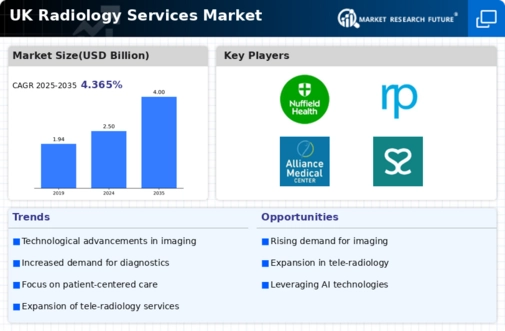
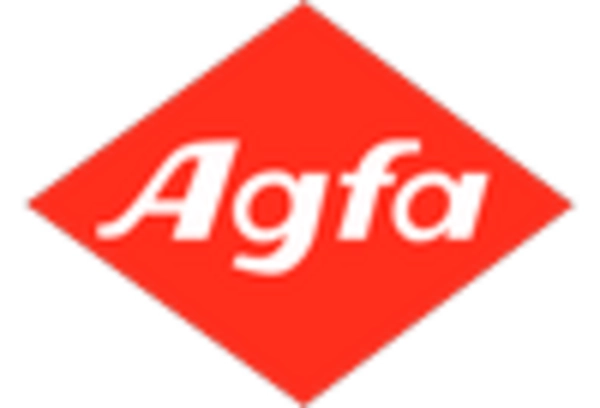
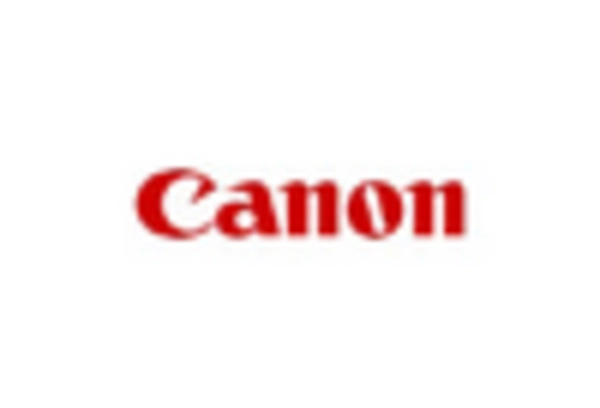
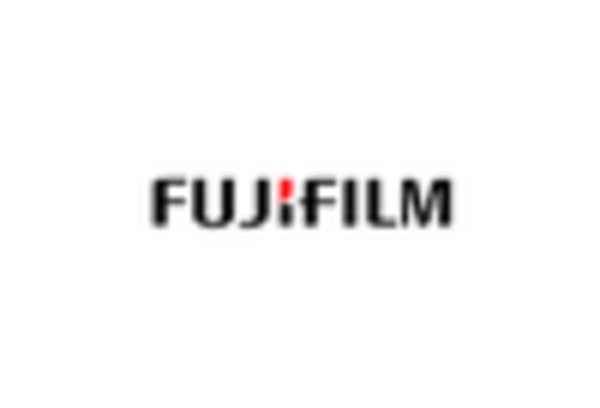
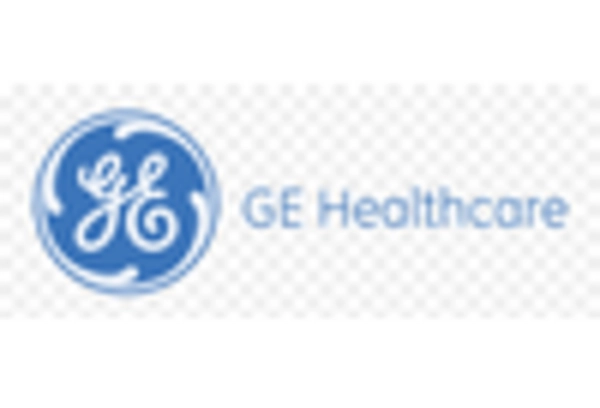
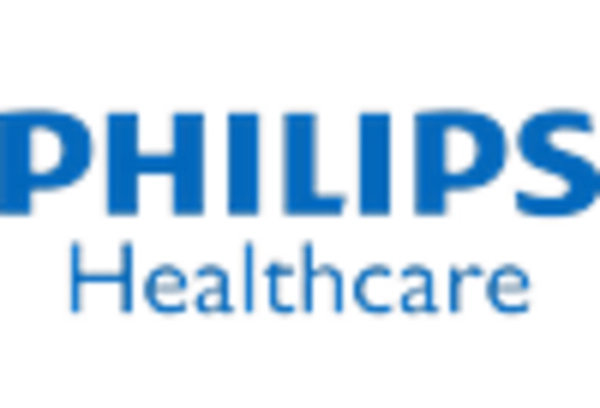
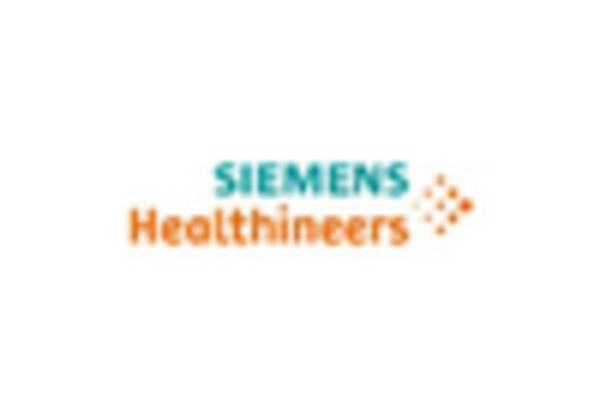








Leave a Comment